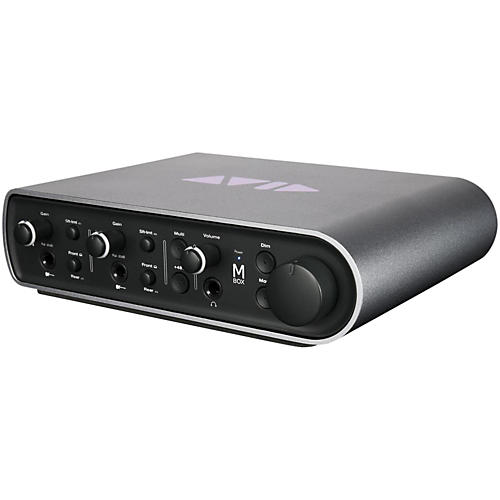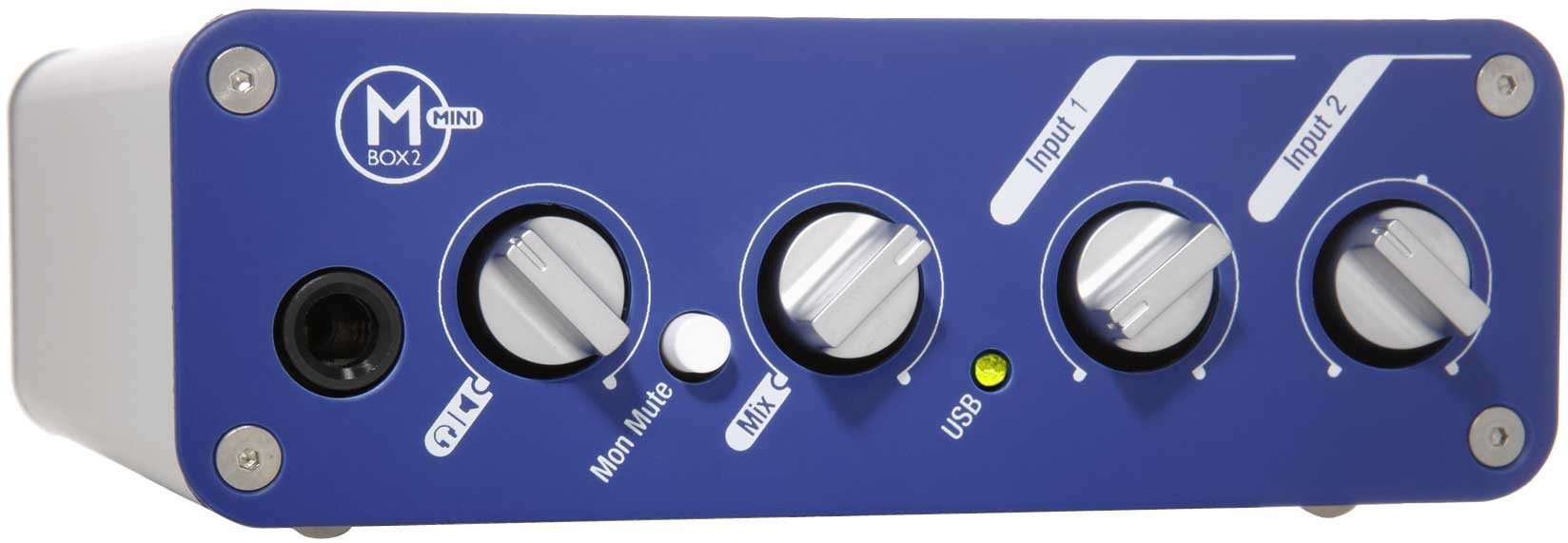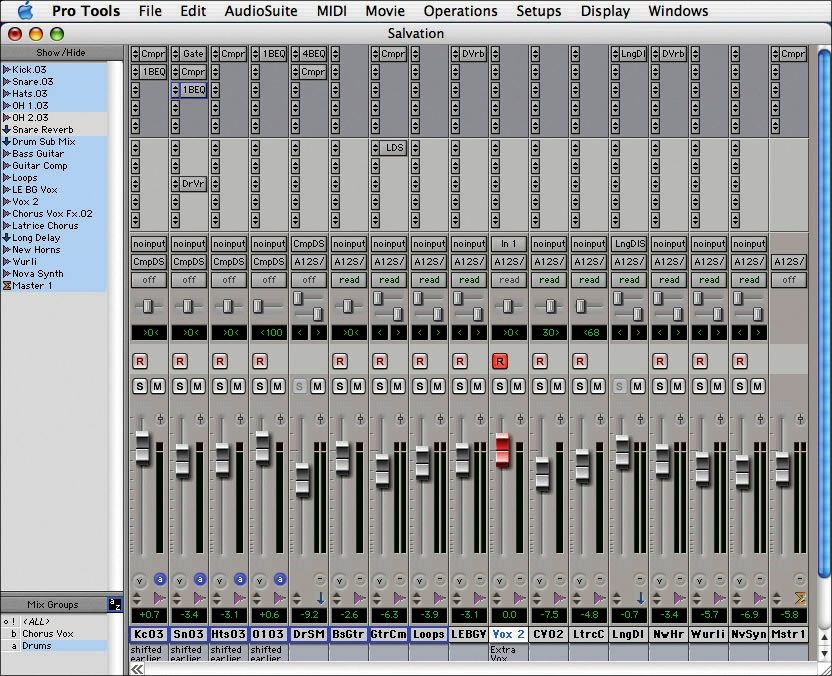

- MBOX DRIVER FOR MAC FOR MAC OS X
- MBOX DRIVER FOR MAC FOR MAC
- MBOX DRIVER FOR MAC MAC OS X
- MBOX DRIVER FOR MAC INSTALL
- MBOX DRIVER FOR MAC UPDATE

MBOX DRIVER FOR MAC FOR MAC
Yosemite crashes randomly (?) MacRumors Forums Free Download Mbox 2 Driver for Mac 10.11.2 - Driver software for the Mbox 2 USB device that comes with.
MBOX DRIVER FOR MAC MAC OS X
ᐳᐳᐳ Mbox 2 Mini Driver SUCCESS Asus Sabertooth x79 / i7 4930K tonymacx86 Pro Tools Running On Mac OS X 10.10 Yosemite M-AUDIO Fast Track Pro drivers - DriversCollection download Focusrite USB 2.0 Driver 1.2 free latest version. For information about Pro Tools 7, including Upgrades and Updates, please see the following pages.
MBOX DRIVER FOR MAC FOR MAC OS X
Mbox 2 with Pro Tools LE 7.0/7.1 for Mac OS X 10.4 ('Tiger') for PPC-based Macs. If the light to your device isn’t coming on when you connect them, go through the steps in this link: I understand you’re having issues using your Digidesign Mbox 2 Mini with your MacBook Pro.

Thanks for reaching out to Apple Support Communities. If you want to manually re-install it, you can see our VirtualBox Guest Guide.New in Mbox 2 Driver 10.3.9: Fixed: Unplugging the Mbox 2 while streaming audio from iTunes could disable all USB ports until restarting the computer Fixed: Core Audio stops working when changing client apps of iTunes Stations Support for Pro Tools 10.3.3 – 11.x Support for Mac OS X 10.8 (Mountain.
MBOX DRIVER FOR MAC INSTALL
If it is, should then automatically install any additional tools (such as virtualbox-guest-x11) to give a better user experience. We will now press “Add”, then navigate to where our ISO is located.Īfter pressing “Open”, we can see its been added, so we make sure its selected and press “Choose”.Īll that is left now to do is press “Start”.Īfter all this is done, we save, start up the VM, and then continue installing Kali Linux as we normally would for a bare metal install.ĭuring Kali Linux setup process, the install wizard should detect if its inside a VM. We want to use our Kali image, rather than a physical drive, so we select the icon to the side of the drop down.Ī new pop up will open, “Optical Disk Selector”. The first time we run it, we will get a prompt saying do we wish to mount an image to use as a “start-up disk”. The final settings view looks like the following: In “Display” -> “Screen”, we make sure to have “Video Memory” set to 128 MBĪnother item to point out is to make sure that “Accelerated 3D graphics” is disabled, as people have reported that causes issues. In “System” -> “Processor”, we increase the “Processor(s)” to be 2.Īt the same time, we also enable “Extended Features” for Enable PAE/NX. In “System” -> “Motherboard”, we change the “Boot Order” to make sure Hard Disk is top and Optical is the second. In “General” -> “Advanced”, we make sure to set “Shared Clipboard” to bidirectional, as well as “Drag’n’Drop” to bidirectional Now we click on “Settings”, to customize the VM further.

We use 80.00 GB for our VMs.Īfter clicking on “Create”, the wizard is complete. Now with “File location and size”, we can now define how large the virtual hard disk will be. This screen below, “Hard disk”, allows us to Create a new virtual disk now.įor the “Hard disk file type”, we select VDI (VirtualBox Disk Image) (and its the default option).įor the following screen, “Storage on physical hard disk”, we go with the default option of Dynamically allocated. When we make the general VMs, we select 2048 MB (2GB) for RAM, but we often increase this for our personal machines as we have high-performing devices with spare RAM which Kali can utilize. Various tools inside of Kali can be demanding of resources. Again, the higher the amount of RAM, the more applications can be open and at increased performance. “Memory size” is the next section, where we can define how much RAM to use. For the “Version”, we are going to be using the 圆4 desktop image, so we are going to select Debian (64-bit). Example: kali-linux-2021.3-vbox-amd64).įor the “Type”, we set it as Linux.
MBOX DRIVER FOR MAC UPDATE
We are keeping it generic in this guide (as Kali is a rolling distribution, and we update it), however for our releases, we use the version number in the name as it is a fixed release ( kali-linux-YYYY.N-vbox-ARCH. This name is also used in any filenames (such as the configuration, hard disk and snapshot - which isn’t changed from this point). The next screen is “Name and operating system” which is where you name the VM. Upon starting up VirtualBox, select “New” (Machine -> New). You may need to enable virtualization in your BIOS/UEFI for (e.g.


 0 kommentar(er)
0 kommentar(er)
